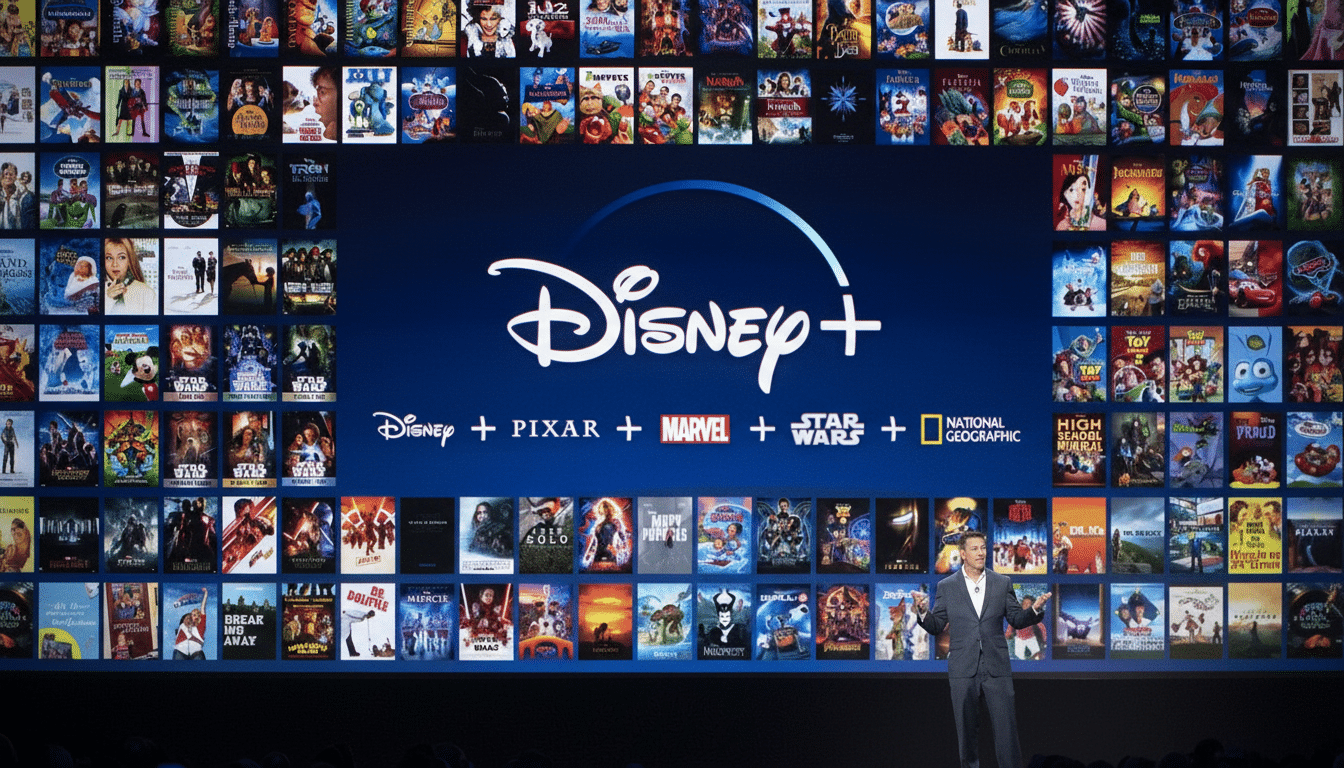Disney’s sprawling streaming empire suffered the first signs of strain as calls for a boycott mounted and ABC benched late-night host Jimmy Kimmel. More than 1.7 million paid subscriptions across Disney Plus, Hulu and ESPN+ were scrapped during the week Kimmel was on vacation, according to internal estimates obtained by journalist Marisa Kabas. The company has not publicly detailed the breakdown, but according to the internal count relayed to Kabas, the churn is a relatively rare case of intense churn concentrated around one scandal.
Reported Cancellations and a Sharp Streaming Churn Spike
The cancellations apparently accumulated over seven days, equaling an average of about 242,800 accounts a day. Kabas’s reporting also describes the surge as more than four times Disney’s usual weekly rate of churn, a spike that goes to show you just how fast sentiment is capable of flipping when a high-profile brand skirmish touches down on a swiftly moving social media campaign. It’s always hard to determine what is normal or not in transparency-challenged subscription businesses, but streaming churn has typically hung out in the mid–single digits on a monthly basis for Antenna and other subscription analytics companies that track it; by contrast, a weeklong spike of this size would stand out as a one-time event rather than background noise.

The number includes the company’s three largest subscription drivers: Disney+ (home to flagship franchises), Hulu (general entertainment and next-day TV) and ESPN+ (live and on-demand sports). While at least some of those cancellations may ultimately be reversed through reactivations, the immediate impact is an unusual concentration of subscriber risk within a single news cycle.
What Triggered the Backlash Against Disney Streaming
ABC took Kimmel off the air after Federal Communications Commission chair Brendan Carr publicly pressured the network to “take action” and threatened broadcast license complications. That intervention helped prompt a wider debate about speech and editorial judgment, and led to boycott calls that squarely targeted Disney’s direct-to-consumer services. The backlash moved across social platforms, where the instructions for cancellation and screenshots of accounts, people tweeting in situ, can sometimes serve as a kind of organizing language of a modern boycott.
Kimmel returned with on-air shots about booting back up a service owned by Disney, a wink that acknowledged the exodus and sent out the message that his resurgence already was guaranteed. But sentiment whiplash is hard to come back from: Once cancel clicks occur, regaining subscribers usually requires new content, pricing carrots or bundled incentives.
Market Response and Emerging Streaming Pricing Headwinds
Disney’s shares fell by about three percent during the suspension window, according to market data widely cited by financial outlets, wiping out an estimated several billion dollars in market value. A week of trading isn’t the same thing as a fundamental judgment, but it underscores how narrative shocks and subscriber headlines can add up fast if they’re happening to a stock that already moves at twitchy speed whenever questions about streaming profit come into play.

Complicating the optics, Disney also announced price hike plans for the future on Disney+, a maneuver which will accelerate the path to profitability but could lead near-term churn higher. History indicates that a price hike can even produce a temporary cancellation bump before attrition rounds off, especially if tiered ad-supported plans and bundle deals help offset the sting. The timing in turn forced the company to juggle two consumer flash points at once, a politically tinged controversy and a wallet-level decision.
How Big Is 1.7 Million Cancellations? Context and Scale
Measured against Disney’s larger direct-to-consumer footprint, including a base in the hundreds of millions on Disney+, Hulu and ESPN+, 1.7 million cancellations is meaningful but not existential. The central questions are durability and composition: How many cancellations were annual versus monthly? How many were bundle subscribers? And how many are going to boomerang back 10 weeks from now, or a billing cycle or two down the block?
Third-party companies, like Antenna and Sensor Tower, often see a “protest churn” that surges in the moment but diminishes as the content slates refresh and promotional offers bounce back. Still, if Kabas’s reporting is true, the episode is a reminder that late-night hosts, sports rights and franchise tentpoles now all exist within the same customer ledger. A dispute in one quarter can ping all around the subscription ecosystem.
What to Watch Next for Subscribers and Investors
All eyes will be on Disney’s next earnings update and management commentary for hints around net adds, reactivation rates and the mix shift between ad-supported versus ad-free tiers. Look for analysts to ask if cancel volumes have normalized since Kimmel’s return and how pricing changes may be impacting churn in subsequent weeks.
Operationally, look for a return to promoting the Disney bundle more actively, tactical discounts and bigger-impact premieres aimed at reactivating lapsed users. The point is not just that boycotts can sting — it’s that in the streaming era, reputation events and retention economics have become indistinguishable, and the feedback loop now turns not over quarters but days.

